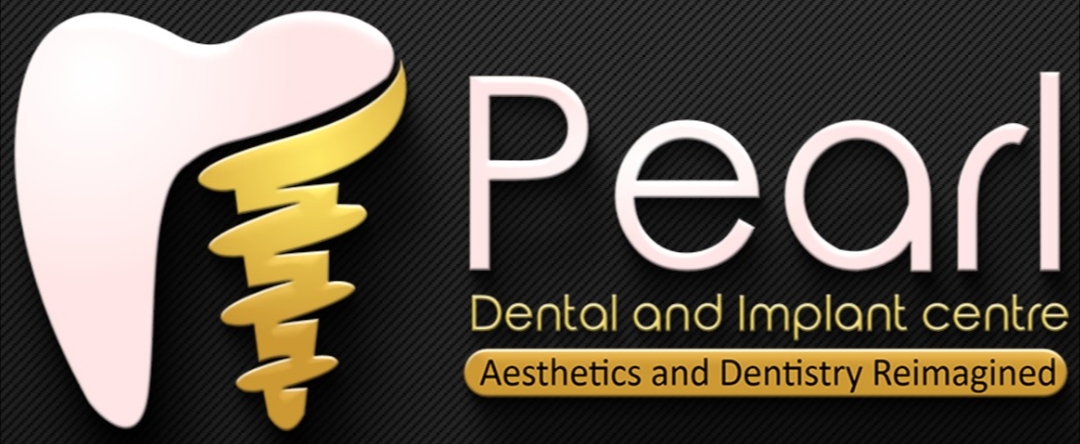Wisdom Teeth and Removal: What You Need to Know
Wisdom teeth, also known as third molars, are the last set of molars located at the back of your mouth. They typically emerge in late adolescence or early adulthood, but their growth can sometimes lead to complications. Understanding what wisdom teeth are, why they may need removal, and what to expect from the procedure can help you make informed decisions about your dental health.
What Are Wisdom Teeth?
Wisdom teeth are the final set of molars that usually appear between the ages of 17 and 25. They are called “wisdom” teeth because they come in at a more mature age compared to the other teeth. In the past, wisdom teeth were useful for early human diets that required more chewing power. However, modern diets have lessened their necessity, and many people do not have enough space in their mouths to accommodate these additional teeth.
Why Might Wisdom Teeth Need to Be Removed?
- Impaction: Wisdom teeth often do not have enough room to emerge properly, leading to impaction where they are trapped beneath the gum line or grow at an angle. This can cause pain, swelling, and infection.
- Crowding: If there isn’t enough space in the mouth, wisdom teeth can push against neighboring teeth, causing crowding or shifting of existing teeth.
- Infection: Partially erupted wisdom teeth can create pockets where bacteria can accumulate, leading to infections and gum disease.
- Decay: Wisdom teeth are located at the back of the mouth, making them difficult to clean properly, which increases the risk of cavities and decay.
The Wisdom Teeth Removal Procedure
- Consultation: Your dentist will evaluate your wisdom teeth through X-rays and a clinical exam to determine if removal is necessary.
- Preparation: If extraction is recommended, your dentist will discuss the procedure, anesthesia options, and post-operative care.
- Extraction: The procedure can be performed under local anesthesia, sedation, or general anesthesia, depending on the complexity of the extraction. The dentist or oral surgeon will remove the wisdom teeth and clean the area.
- Recovery: After the extraction, you will receive instructions on how to care for the extraction site, manage pain, and avoid complications.
Post-Operative Care
- Pain Management: Over-the-counter pain relievers or prescribed medications can help manage discomfort. Applying ice packs to the outside of your face can also reduce swelling.
- Oral Hygiene: Gently brush your teeth but avoid the extraction site for a few days. Rinsing with warm salt water can help keep the area clean and promote healing.
- Diet: Stick to soft foods and avoid hot, spicy, or hard foods that can irritate the extraction site.
- Avoid Smoking: Refrain from smoking or using straws, as these actions can dislodge blood clots and hinder healing.
When to See a Dentist
- Persistent Pain: If you experience severe or prolonged pain beyond the expected recovery period, contact your dentist.
- Swelling: Excessive swelling or redness around the extraction site may indicate an infection.
- Difficulty Opening Mouth: Difficulty opening your mouth or a feeling of tightness around the jaw should be addressed by your dentist.
Conclusion
Wisdom teeth removal is a common procedure aimed at preventing potential complications associated with these molars. By understanding the reasons for removal, what to expect during the procedure, and how to care for yourself afterward, you can ensure a smoother experience and faster recovery. If you have concerns about your wisdom teeth, consult with your dentist to determine the best course of action for your oral health.
